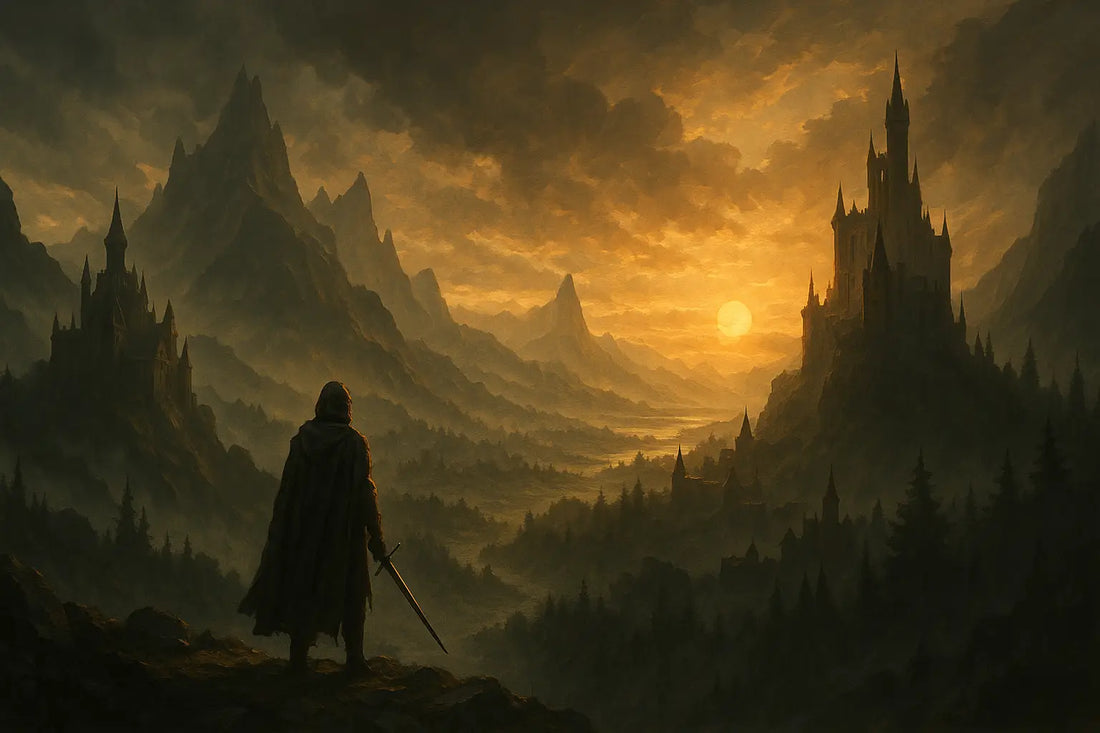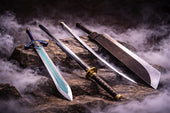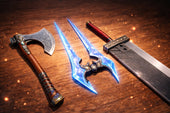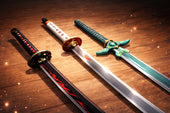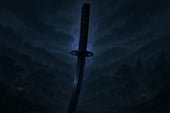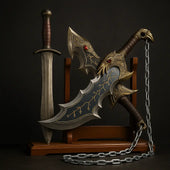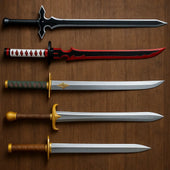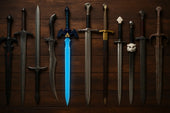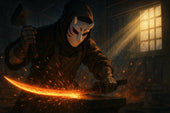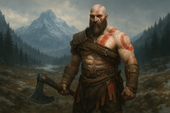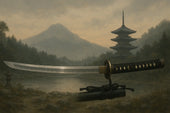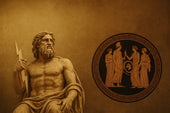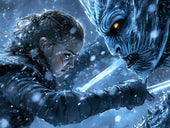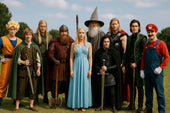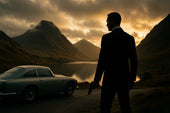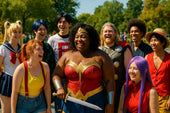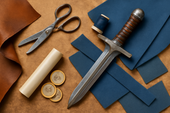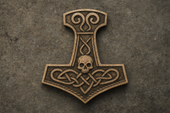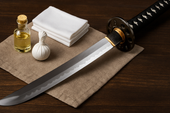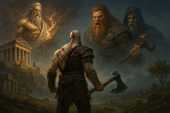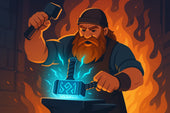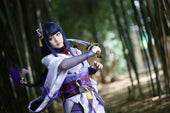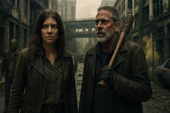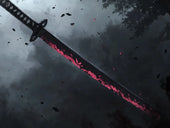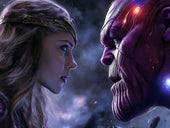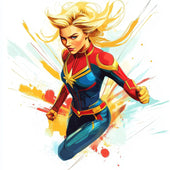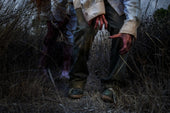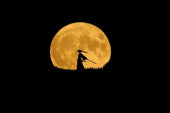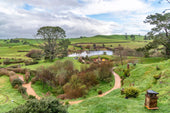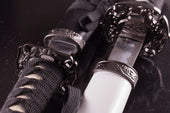Few literary works have inspired as many adaptations, debates, and dedicated fan followings as J.R.R. Tolkien's The Lord of the Rings. Since its publication in the mid-20th century, this epic tale of Middle-earth has been reimagined through animation, blockbuster films, streaming series, and more. But which adaptations truly capture the essence of Tolkien’s world?
The best adaptation of The Lord of the Rings is Peter Jackson’s original film trilogy (2001–2003), praised for its faithfulness to Tolkien’s themes, stunning visuals, strong performances, and iconic music. Other adaptations, like The Rings of Power and earlier animations, offer unique takes but haven’t matched the trilogy’s impact.
From Peter Jackson's award-winning film trilogy to the latest television interpretations, this guide explores the best Lord of the Rings adaptations and what makes each unique.
The Peter Jackson Film Trilogy (2001–2003)
When most people think of The Lord of the Rings on screen, they picture Peter Jackson’s legendary trilogy:
-
The Fellowship of the Ring (2001)
-
The Two Towers (2002)
-
The Return of the King (2003)
Filmed in the stunning landscapes of New Zealand, Jackson’s adaptation is widely regarded as one of the greatest cinematic achievements of all time. The trilogy received 17 Academy Awards across its run, with The Return of the King alone winning 11, including Best Picture.
Why it works:
-
Faithfulness to the source material: While not 100% loyal to every detail, the trilogy respects Tolkien’s themes of friendship, sacrifice, courage, and hope.
-
Casting: Viggo Mortensen, Ian McKellen, Elijah Wood, and others brought iconic characters to life with emotional depth.
-
World-building: The level of detail in costuming, set design, and special effects fully immerses viewers in Middle-earth.
-
Music: Howard Shore’s Oscar-winning score has become inseparable from the identity of the films.
Minor criticisms:
-
Some characters and subplots were altered or omitted (e.g. Tom Bombadil, the Scouring of the Shire).
-
The multiple endings in The Return of the King felt excessive to some.
The Hobbit Film Trilogy (2012–2014)
Nearly a decade after completing The Lord of the Rings, Jackson returned to Middle-earth with a new trilogy based on The Hobbit, Tolkien’s shorter, more whimsical novel:
-
An Unexpected Journey (2012)
-
The Desolation of Smaug (2013)
-
The Battle of the Five Armies (2014)
Strengths:
-
Expanded lore: Introduced characters and conflicts to connect with the LOTR films (e.g. the rise of Sauron, White Council).
-
Visual effects: The dragon Smaug, voiced by Benedict Cumberbatch, is a CGI triumph.
-
Moments of charm: Martin Freeman’s Bilbo is a relatable, loveable hero.
Weaknesses:
-
Pacing and tone: Stretching a 300-page book into three long films made the story feel bloated.
-
Over-reliance on CGI: Many fans missed the grounded, tactile realism of the original trilogy.
-
Invented subplots: Additions like Tauriel and her romance with Kili received mixed responses.
Though visually spectacular, the Hobbit trilogy didn’t achieve the same critical acclaim or cultural impact as its predecessor.
The Rings of Power (Amazon Prime, 2022–)
Amazon’s The Rings of Power is the newest large-scale adaptation of Tolkien’s work. Set in the Second Age of Middle-earth, thousands of years before Frodo’s journey, it explores the forging of the Rings of Power and the rise of Sauron.
Strengths:
-
Production value: With a budget exceeding $1 billion, the series offers breathtaking visuals and set design.
-
New perspectives: Introduces original characters and expands on lesser-known parts of Tolkien’s appendices.
-
Ambitious scope: Covers multiple storylines across Middle-earth, including Númenor, the Southlands, and the Elves of Lindon.
Criticisms:
-
Pacing issues: Early episodes were considered slow by some viewers.
-
Canon divergence: Some Tolkien purists disapproved of timeline compressions and invented characters.
-
Mixed reception: While some praise the show’s ambition, others found it lacking the emotional weight of Jackson’s films.
Despite mixed reviews, The Rings of Power shows potential to grow into a deeper, more refined series as it progresses.
The Animated Adaptations
Before Peter Jackson, several animated versions brought Middle-earth to the screen:
Ralph Bakshi’s The Lord of the Rings (1978)
This ambitious, rotoscope-animated feature aimed to adapt the first two books of Tolkien’s trilogy. It received praise for its unique visual style but was criticised for abrupt pacing and its unfinished story (it ends at Helm’s Deep).
Rankin/Bass Animations
-
The Hobbit (1977)
-
The Return of the King (1980)
These TV specials are fondly remembered for their storybook charm and musical numbers. While not always accurate, they introduced many children to Middle-earth in the late 20th century.
Why they matter:
-
Served as early gateways to Tolkien’s world.
-
Reflected the technology and storytelling trends of their time.
Honourable Mentions & Future Projects
Fan Films
-
The Hunt for Gollum (2009): A well-made fan film focused on Aragorn’s pursuit of Gollum.
-
Born of Hope (2009): Explores the story of Aragorn’s parents and the Dunedain.
These fan-made efforts showcase the passion of the LOTR community and demonstrate impressive craftsmanship on limited budgets.
Upcoming: The War of the Rohirrim (2026)
Warner Bros is producing an animated film set 200 years before The Two Towers, focusing on Helm Hammerhand and the founding of Helm’s Deep. With WETA Workshop and Philippa Boyens involved, fans are hopeful for a faithful, exciting addition to the canon.
What Makes a Great LOTR Adaptation?
Adapting Tolkien is no easy task. The best versions share key traits:
-
Respect for source material: Even when creative liberties are taken, the heart of Tolkien’s themes: hope, sacrifice, nature, courage, must remain.
-
Strong world-building: Middle-earth must feel vast, ancient, and lived-in.
-
Character-driven storytelling: Memorable adaptations give emotional weight to the characters’ journeys.
-
Visual and musical identity: From New Zealand’s landscapes to Howard Shore’s themes, great adaptations leave a sensory mark.
Middle-earth on Screen: Which Adaptation Rules Them All?
From animated experiments to Oscar-winning epics and ambitious streaming series, The Lord of the Rings continues to evolve on screen. While Peter Jackson’s original trilogy remains the gold standard, each adaptation offers something valuable, be it nostalgia, world expansion, or new interpretations.
At The Sword Stall, we celebrate the passion, creativity, and craftsmanship that bring fantasy worlds like Middle-earth to life. Whether you’re a fan of Elvish lore, epic battles, or simply love collecting fantasy replicas, our shop brings a piece of those stories to your doorstep.
Which adaptation is your favourite and why? Let us know, and don’t forget to explore our Lord of the Rings-inspired collection.


